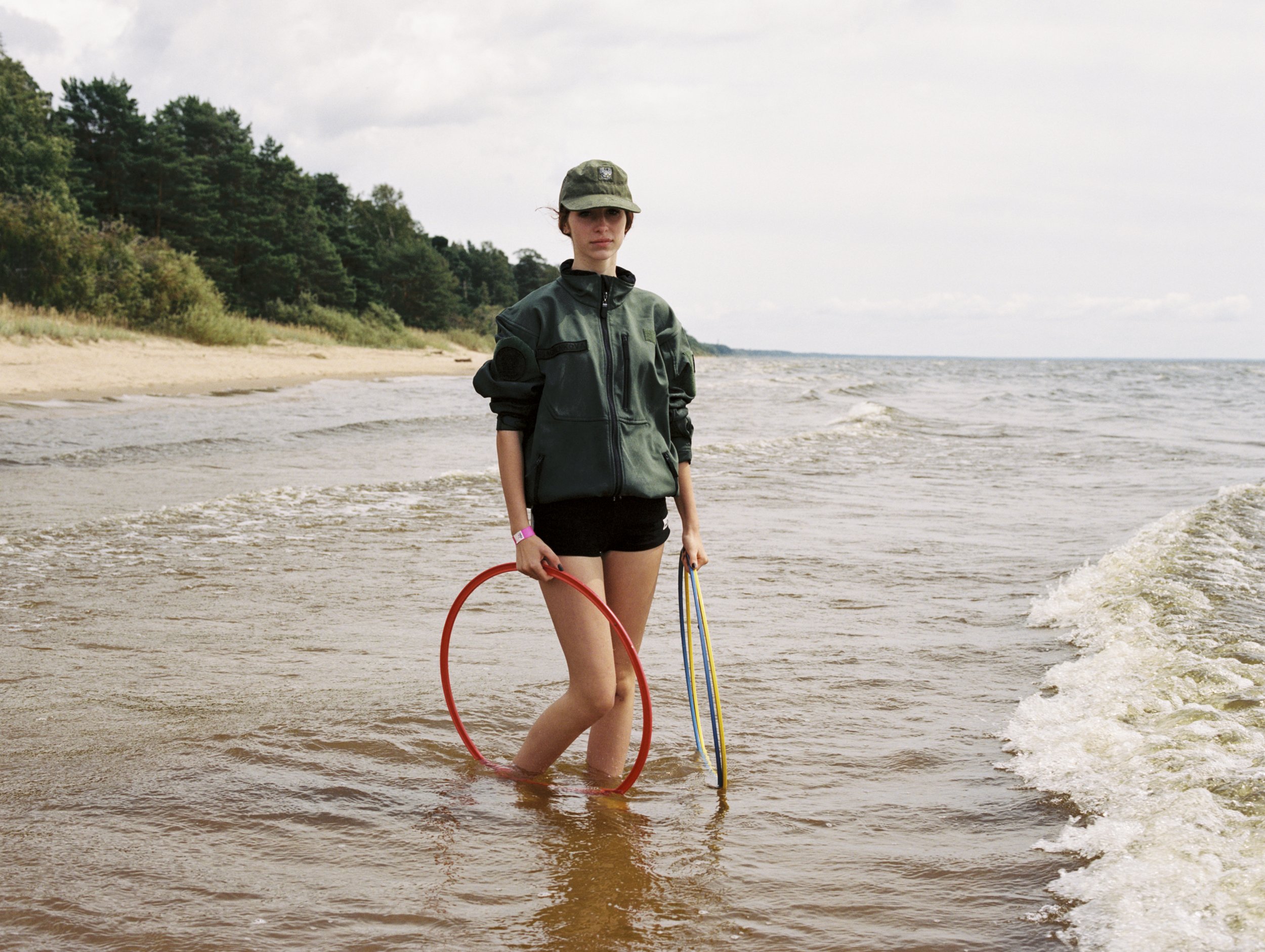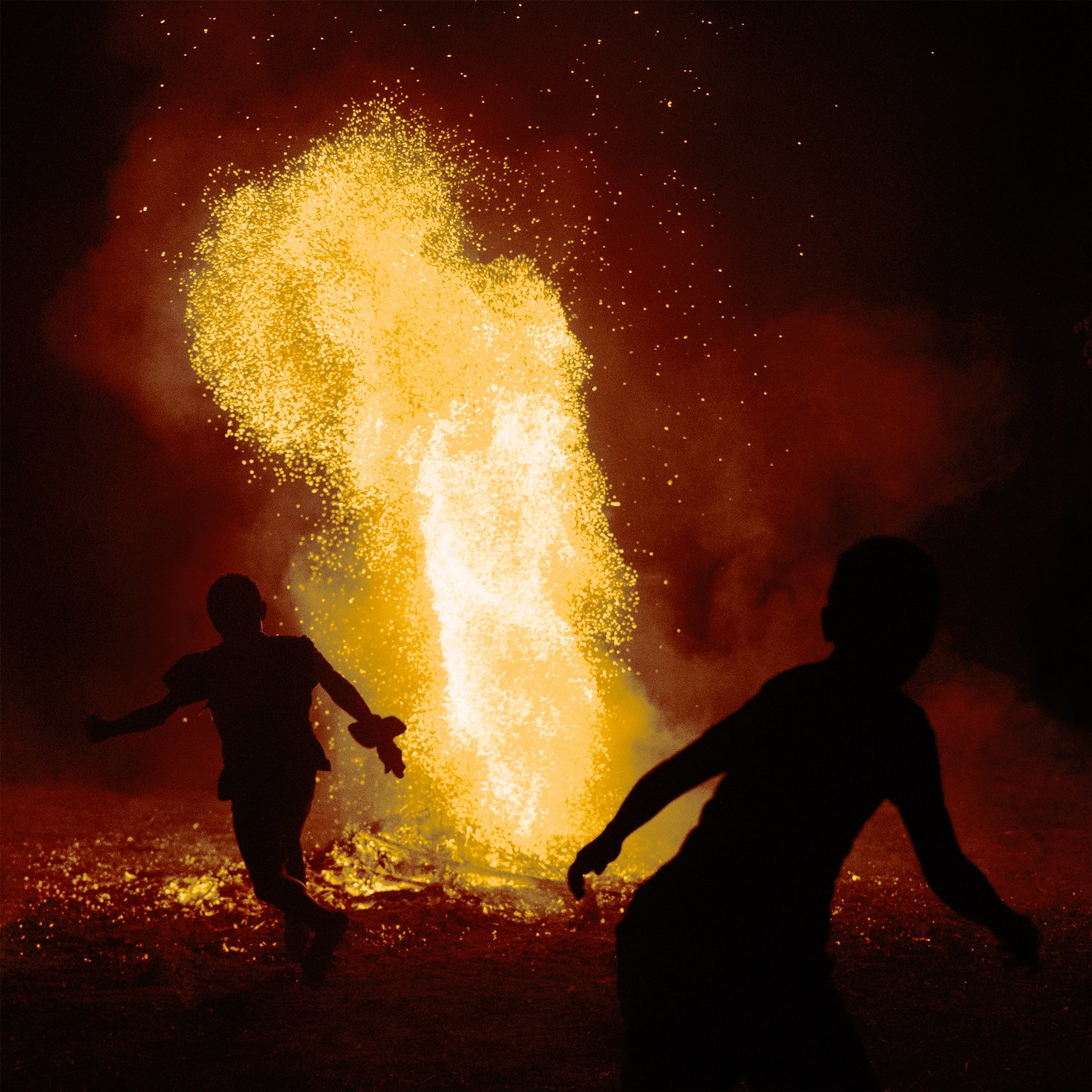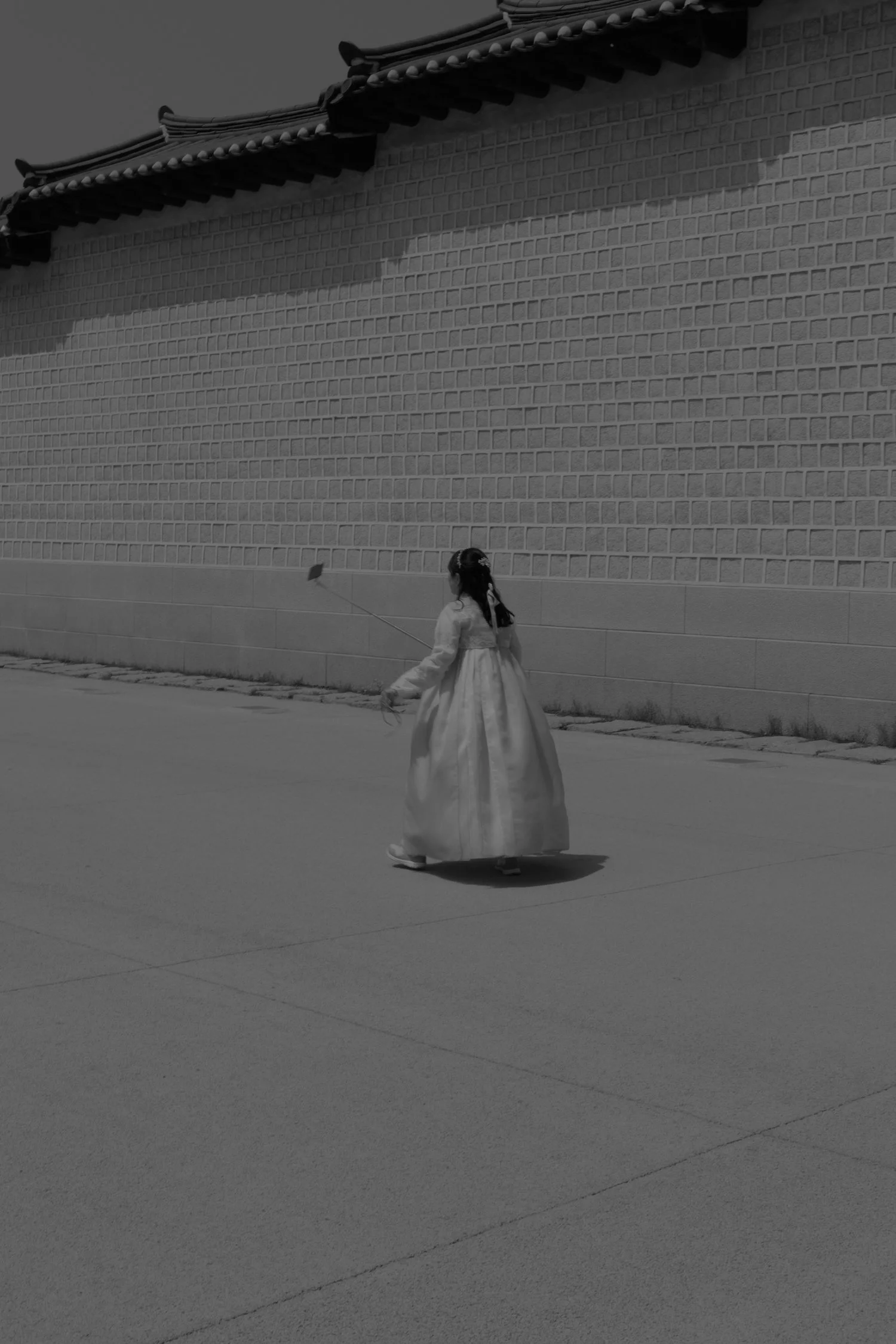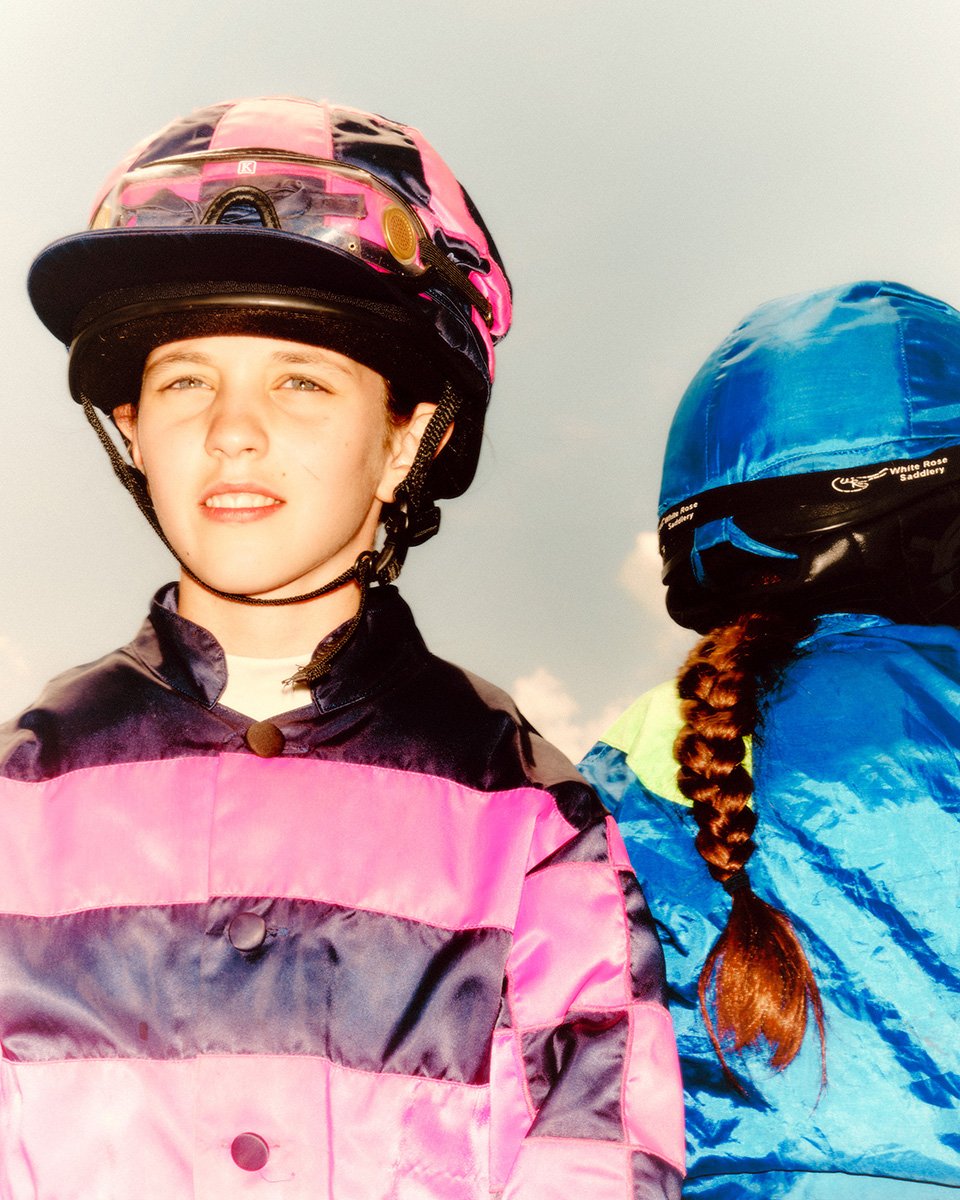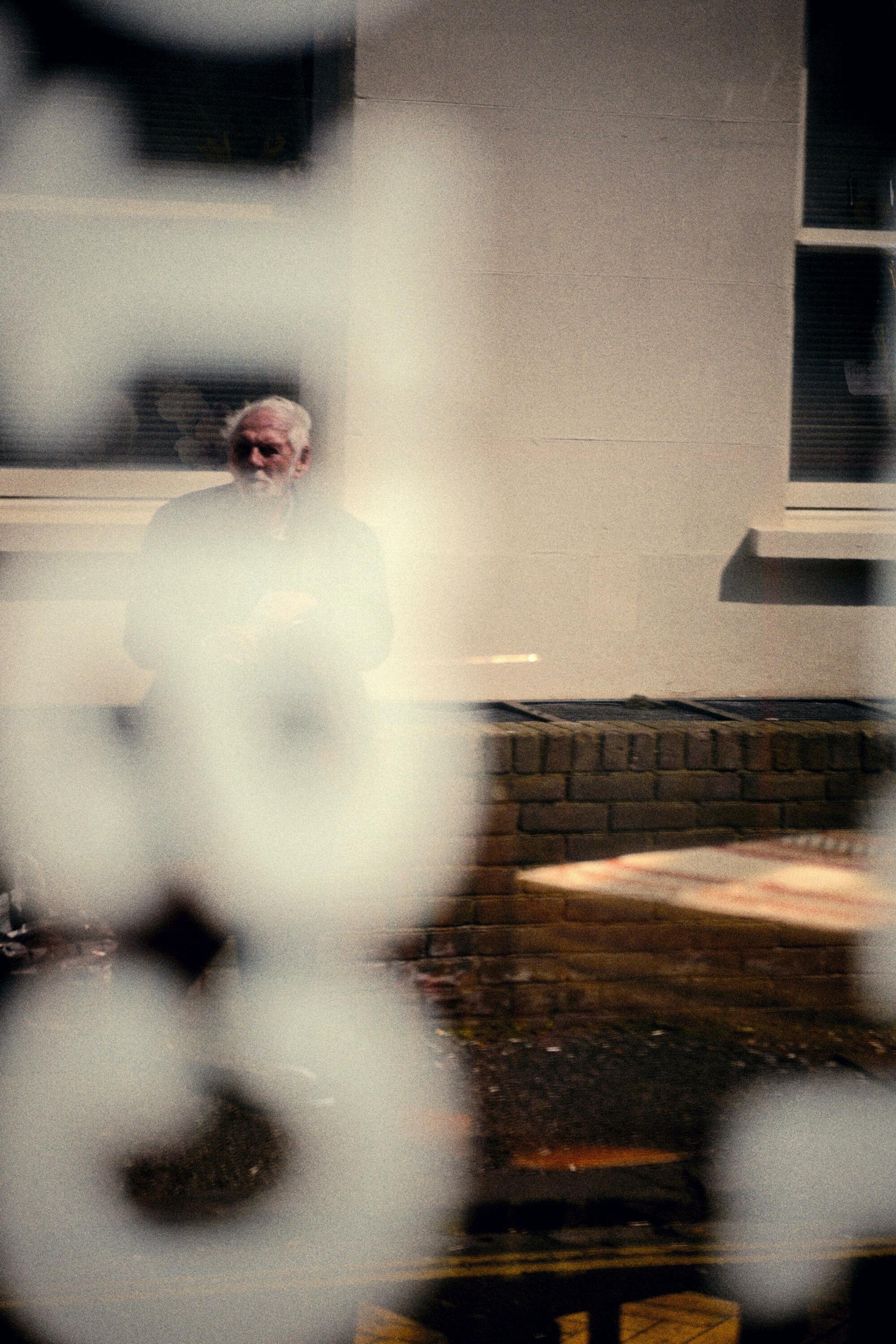Icons: Daido Moriyama
Moriyama’s nomadic, isolated lifestyle is reflected in his work as of one of the most influential street photographers of all time. He has documented the over-stimulation and anonymity of living in one of the largest cities in a world for over 50 years.
Text Holly Wyche “We perceive countless images all day long and do not always focus on them. Sometimes they are blurry, or fleeting, or just glimpsed out of the corner of the eye. The crushing force of time is before my eyes, and I try to keep pressing the shutter release of my camera.”
In an interview with Tate Modern, Moriyama is being introduced while he beckons us around his cluttered urban office, where cardboard boxes, wooden chairs and prints are stacked to the ceiling of every room. Moriyama casts around the various upscale rooms looking for one he feels he can share. He is clearly uncomfortable in this space. He stands in the doorway of various rooms in his office, eyes turned down from the camera, apologizing profusely for the aforementioned boxes. He confesses “My workspace is downstairs. I can’t possibly show you around. It’s really messy in here. I am a little embarrassed. This room is even messier. I am so embarrassed that it is so disorganized in here”.
K, 2017
Alternatively, when back in the busy Tokyo streets, he immediately eases back into himself. Evidently nomadic in nature, Moriyama wanders seemingly aimless through Shinjuku, occasionally lifting his compact camera up without warning to capture moments that are gone before anybody else has even had time to realize that something’s there that’s worth preserving. He delicately holds his camera at chest level, slightly out from his body to better see the LCD screen, unconcerned enough with detail that he brings the camera nowhere near the eye. He must work with such casual abandon as to not miss these moments, and meticulous thought on how to frame or expose a single photo only distracts from encapsulating the fleeting feeling that he’s noticed in the crowd.
“For me, capturing what I feel with my body is more important than the technicalities of photography. If the image is shaking, it’s OK, if it’s out of focus, it’s OK. Clarity isn’t what photography is about.”
Shinjuku, 2002
K, 2017
Moriyama is one of the most notable street photographers of all time, with this itinerant existence being a constant of his life that inevitably informs much of his work. This is clear in his connection to a photo of his that he is often compared to, that of a stray dog.
The image encapsulates the essence of Moriyama’s style. It’s unfocused, grainy and passionate, this grunge captivating as the dog presses against and resists the confines of the edge of the frame. He writes in his autobiography: “Thereafter that dog and I came to be seen and talked about as if somehow superimposed on each other [...] The figure I cast during that time, roaming around town and on the back streets, carrying my camera, appeared in others' eyes very much like a stray dog." (from Memories of a Dog)
Hunter, 1971
Light and Shadow, 1982
This wayfaring existence followed him from childhood, as his father was an insurance salesman that moved frequently from town to town after his birth in Osaka in 1938. Moriyama stayed isolated during this time and as a result spent much of his youth wandering around these towns observing the details that distinguished them from one another, simultaneously gaining this eye for detail while growing comfortable in isolation. As he grew, this became increasingly at odds with his expected path, dropping out of high school before then being enrolled by his father on a graphic design course at a technical college. He also subsequently dropped out of this course. His passion for photography was realized after he’d already committed to graphic design, to an extent where he’d started his own graphic design studio in his late 20’s to respectable success. However when picking up a photographer’s work one day the photo suddenly caught him.
“I was really struck by the atmosphere. Design was desk-bound, but this felt active… groovy. I wasn’t interested in taking pictures, I just liked the feel of the photographic world.”
What attracted Moriyama was the freedom that photography allowed, and a career that benefited from his wandering nature and eye for detail rather than was hindered by it. He began taking photos merely as a means to live like this without an actual connection with the medium. However overtime he grew more attached to photography, becoming particularly fascinated with William Klein’s work and more specifically his book, “Life is Good and Good For You in New York”, a collection of his urban photography that romanticized the overwhelming, claustrophobic city existence of living in New York without sanitising it. Moriyama saw the possibility for his own eye and cultural experience of Tokyo to reflect the city like Klein, which he did with the utmost success.
Shinjuku, 2002
“It really shocked me. It was as simple as that. It was only when I got out on the street with a camera myself that I started to think about how he’d done it.”
Over the course of the 60’s this developed from simply a desire to build off Klein’s work in a Japanese context to his absolute deconstruction of photography with his book “Farewell Photography” In which he sought to “destroy photography” altogether. He gave his publisher many damaged negatives to be published in a book anyway they saw fit, with this acting as a final act of rebellion before once again distancing himself from a career. The photos featured are esoteric and fascinating, but Moriyama’s draw to wandering meant that this conclusion left him complacent and stagnant, soon returning to it to once again provide himself solitude with purpose.
Farewell Photography, 1972
Farewell Photography, 1972
“The book was incomprehensible to everyone, which was what I intended. But I found that having said farewell to photography, I had nothing to do.”
The career that followed reinvigorated him, providing a specific and intimate perspective of what the experience of being Japanese was like. While more classically composed and modernist in its proclivities, his work post “Farewell Photography” still maintains Moriyama’s trademark ability to sense things in public space that very few are tuned into.
Japan Photo Theatre, 1968
Japan Photo Theatre, 1968
In 2012 he had a joined exhibition with Klein at the Tate Modern, featuring both of their work of their respective cities. Moriyama had come from someone solely taking photos in Klein’s style to allow himself to wander and exist independently, to reaching a relative notoriety that he is not only compared to but celebrated alongside his greatest inspiration. Moriyama still walks through Shinjuku regularly, taking photos and reflecting. He lives a self contained existence in a flat above a bar in Shinjuku, still walking the city’s streets after 50 years of doing so. Moriyama is asked regularly by friends and critics whether he’s ever bored of this as his life. He says never.
About Daido Moriyama
Moriyama was born in Ikeda, Osaka on October 10th, 1938. He began taking photos in his early 30’s throughout Japan after training as a graphic designer. He studied under famous photographer Takeji Iwamiya.
Moriyama was awarded the lifetime achievement award from the International Center of Photography, New York in 2012.
If you want to find out more about Moriyama, exhibitions and links to his books are available on his website.












